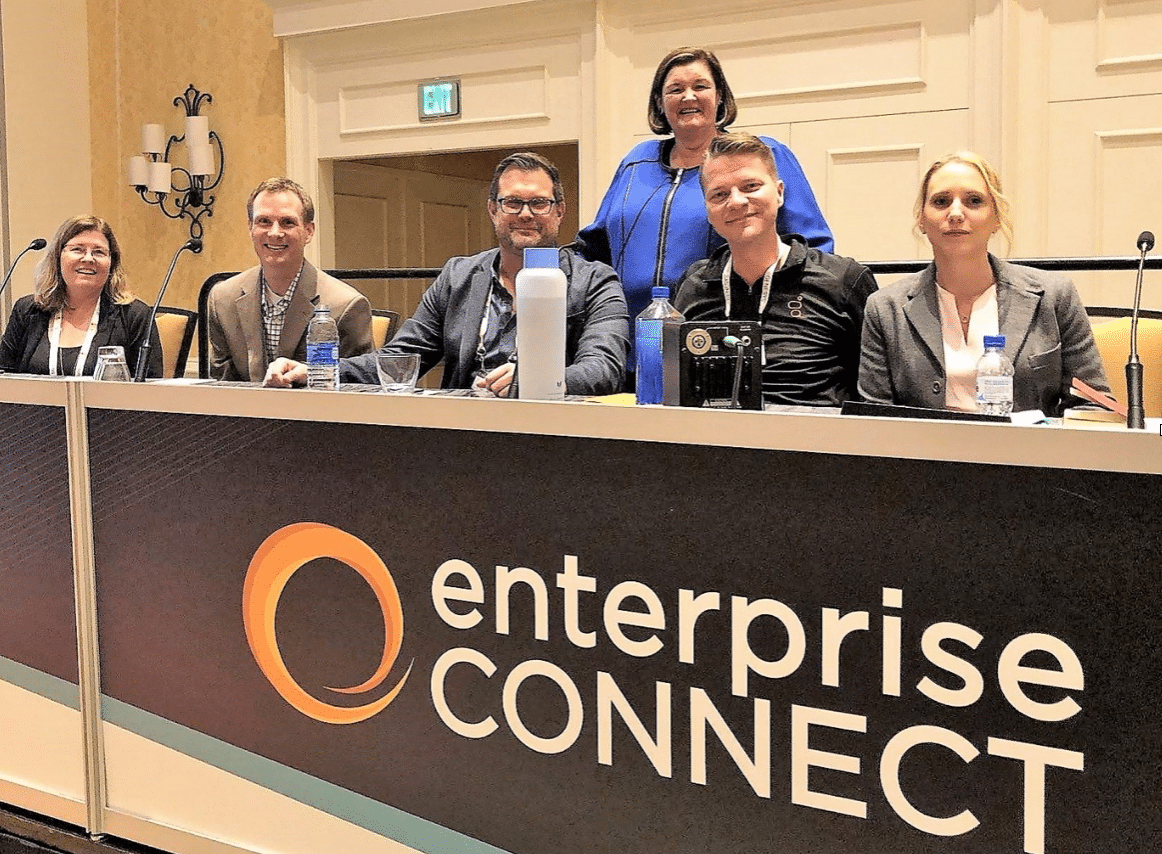
In January of this year, I decided that since cloud contact centers have gained acceptance as a compelling alternative to premises-based solutions, it was time to take the conversation to a new level. The question has become less about what features do CCaaS offerings have, but how these offerings have evolved since they first started emerging at the turn of the millennium.
One of the key themes we explored in this year’s discussion was the integration of UCaaS and CCaaS. During my early days as a contact center analyst, I wrote reports for an analyst house, The PELORUS Group, that included market sizing and market share data. In 1999, I wrote the following about the then-call center market.
With over 14,000 new systems shipping in 1998, 96.7% were PBX-integrated systems. Stand-alone systems shipments were 2.6% of the total and CO-based call center was 0.7%. (NOTE: CO-based ACD was a Centrex-based call center solution.) In terms of agent lines shipped, PBX-integrated systems continue to dominate, with 89% of the 629,211 agent positions shipped in conjunction with PBX systems. Stand-alone vendors shipped 9.5% of the total agent positions and CO-based systems accounted for 1.5% of new agent positions shipped.
The message I hope to convey by citing this data is that in 1999, virtually all call center solutions were sold in conjunction with a PBX system. In my opinion, like the call center market 20 years ago, we are entering a phase of CCaaS growth where a higher proportion of companies will choose to source their contact center solutions from the same suppliers they work with for enterprise communications and collaboration.

Cloud Contact Center 2.0 Panel: Folia Grace of Talkdesk, Matt Despain of Serenova, John Finch of RingCentral, Dan Rood of Genesys, and Lisa Clark of 8×8.
As the Enterprise Connect Track Chair for Contact Center and Customer Experience, I have included a dedicated session on cloud contact center since 2012. That year the panelists included BroadSoft, EchoPass, inContact, and Interactive Intelligence. All have since been acquired by larger firms, showing just how hot the cloud contact center market has been for the past five years or so.
With that in mind, in addition to “pure play” CCaaS vendors Genesys, Serenova and TalkDesk, I invited 8×8 and RingCentral to join the conversation at Enterprise Connect this year. And a lively conversation it was.
The emergence of collaboration in the contact center
One of the themes of CCaaS 2.0 is how the software often has applicability beyond what has traditionally been thought of as a contact center. John Finch, AVP of Product Marketing for Contact Center at RingCentral, discussed the company’s Enterprise Connect announcements, saying, “This week we announced Collaborative Contact Center, and collaboration is at the core of the offerings that we have in the market today. Cloud-based PBX, collaboration solutions, and contact center solutions all tightly tied together.”
Having the UCaaS and CCaaS supported by the same telephony infrastructure has advantages, said Finch. “It means that the contact center agents aren’t isolated,” said Finch. “That means they can communicate and connect with groups outside of the contact center.”
To accomplish collaboration across the enterprise with the latest and greatest tools, Finch went on to talk about how RingCentral Contact Center™ is now integrated with the company’s team collaboration solution, Glip®. “Teams can be put together very easily and automatically within Glip to enable communications outside of the contact center.”
When the conversation pivoted to the innovation that is enabled by a cloud contact center, Finch talked about another EC18 announcement, RingCentral Pulse™ for Contact Center. “Bringing artificial intelligence and bots forward is key. Having assisted self-service at the front end of an interaction, that can avoid a customer having to be in contact with an agent, is a great thing,” said Finch. “We in the industry have talked about this for years, but the reality now is we can deploy systems that can learn based on business needs.”
Building better customer experiences
Customers are demanding better self-help and customer experiences. Collaborative contact center solutions and artificial intelligence, easily integrated into the microservices-based contact center solutions being deployed by companies like RingCentral, are defining cloud contact center 2.0. Stay tuned.
For more information on RingCentral Contact Center, watch this short overview.
Originally published Apr 03, 2018, updated Oct 15, 2020



